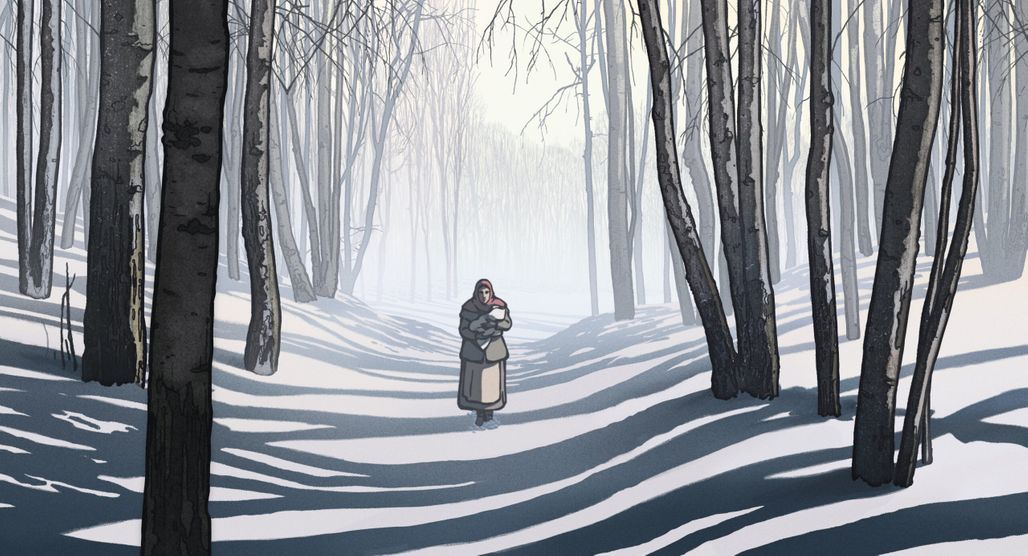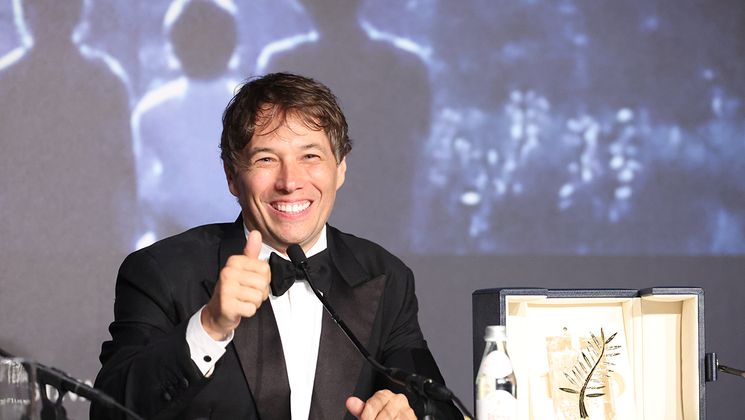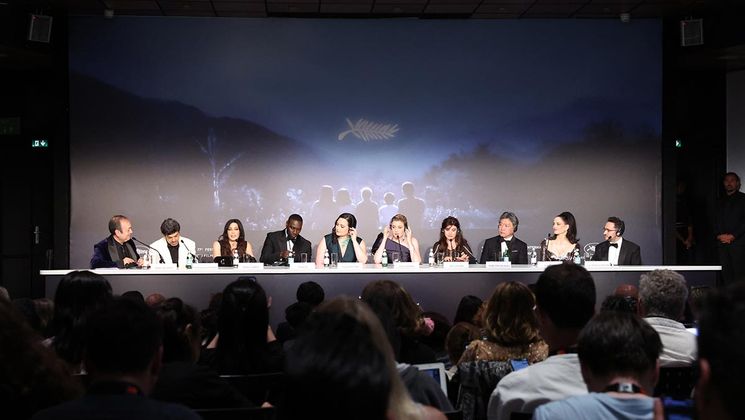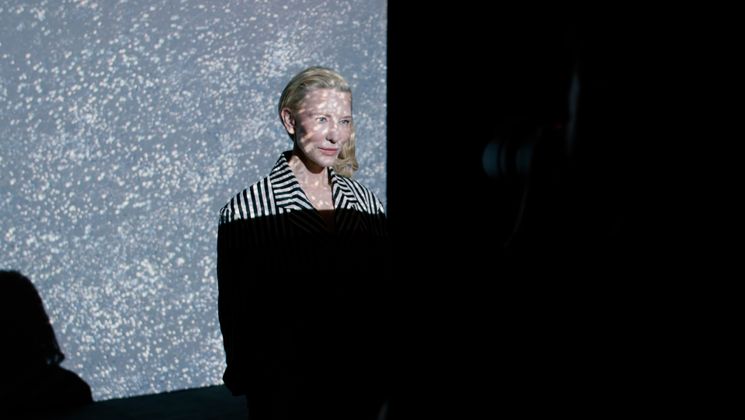
La plus précieuse des marchandises (The Most Precious of Cargoes), Michel Hazanavicius’ animated fairy-tale

Michel Hazanavicius takes his first foray into the world of animation with his book-to-screen adaptation of Jean-Claude Grumberg’s eponymous novel, La plus précieuse des marchandises (The Most Precious of Cargoes), a labour of love in Competition, and an expression of the director’s passion for drawing.
How did this project land on your desk?
Producer Patrick Sobelman and Studiocanal came to ask me to adapt Jean-Claude Grumberg’s novel of the same name. It hadn’t been published yet and I was lucky enough to read the proofs before it went to press. I was instantly hooked and moved by the story. It’s not every day a director gets the chance to work on such a powerful, hard-hitting, universal story.
Especially as you draw yourself…
Indeed, it’s quite personal to me as I’ve been drawing since I was 10. Until then, drawing had always been a personal hobby I never did much with. To be honest, I even found it incredibly hard to show my work for the film, it felt as if I had had a limb cut off, because it has always been such a private activity.
What was it like writing the film with Jean-Claude Grumberg?
I’ve always known just how witty, intelligent and funny Jean-Claude is, I’ve been dipping in and out of his world since I was a child. But this time, I was tapping right into him. Throughout our work, Jean-Claude guided me in portraying the Holocaust, although this was only a contextual component of the film. He continuously reminded me that La plus précieuse des marchandises (The Most Precious of Cargoes) is first and foremost a wonderful story, not a film about the Holocaust.
“ I wanted the viewer to feel as if they were watching a classic for the first time. ”
What was it like experimenting with animation?
A very empirical experience. Animation works in a very specific way, and I was forced to adapt to that. Initially, I found myself having goals that were really out of step with the very set ways of doing things, but I quickly identified who I could rely on to help, the crew who understood what the film sets out to achieve, and who were able to plug me into different roles.
What visual world did you want to create for the film?
Reading the book felt like discovering a classic. I wanted viewers to feel the same way when watching the film. I drew the characters and atmospheres, but my style isn’t conventional, which makes it hard to animate. That meant we had to go back and forth with the animators without ever losing sight of the artistic vision I had for the characters. I wanted something that felt deep, melancholic almost, to create this sense of a film that had always existed and was now resurfacing.
Jean-Louis Trintignant narrates the film, his voice helping to build that atmosphere you mention…
The first thing I did once Jean-Claude and I had finished adapting the book was to lock down the narrator’s text and record Jean-Louis. He was already very ill at this stage, and was losing his eyesight, but it was an incredibly touching, life-changing encounter. The story stirred his childhood memories, memories from his life, recording was a very heartfelt part of the process.


